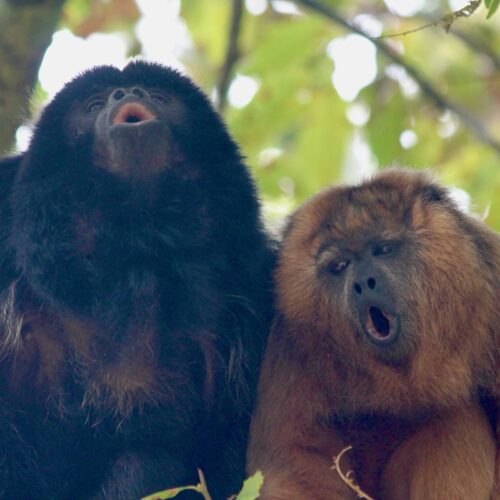Monkeys are better yodelers than humans, study finds
Humans have practiced some form of yodeling since at least the 13th century, when Marco Polo encountered Tibetan monks on his travels who used the vocal technique for long-distance communication. It's since morphed into a distinctive singing style. But can animals also yodel? According to a new paper published in the Philosophical Transactions of the Royal Society B, Biological Sciences, several species of monkey dwelling in the rainforests of Latin America employ "voice breaks" in their calls that acoustically resemble human yodeling—i.e., "ultra-yodels" that boast a much wider frequency range.
Many years ago, I wrote about the bioacoustics of human yodeling for New Scientist. In many respects, yodeling is quite simple. It merely involves singing a long note subjected to repeated rapid sharp shifts in pitch. It's the unique anatomy of the human vocal tract that makes it possible, notably the larynx (voice box) located just behind the Adam's apple. The larynx is comprised of cartilage and the hyoid bone that together support the vocal cords, which are attached to muscles on either side of the larynx.
When air flows through the trachea, the vocal cords vibrate at frequencies ranging from 110 to 200 Hz. We have the capability of contracting the muscles to change the shape, position, and tension of our vocal cords, thereby altering the pitch of the sound produced. Stiffer vocal cords result in faster vibrations, which produce higher pitches.


© Jacob Dunn, Anglia Ruskin University




























 Riding it like he stole it (in 2003).
Credit:
Nintendo
Riding it like he stole it (in 2003).
Credit:
Nintendo









